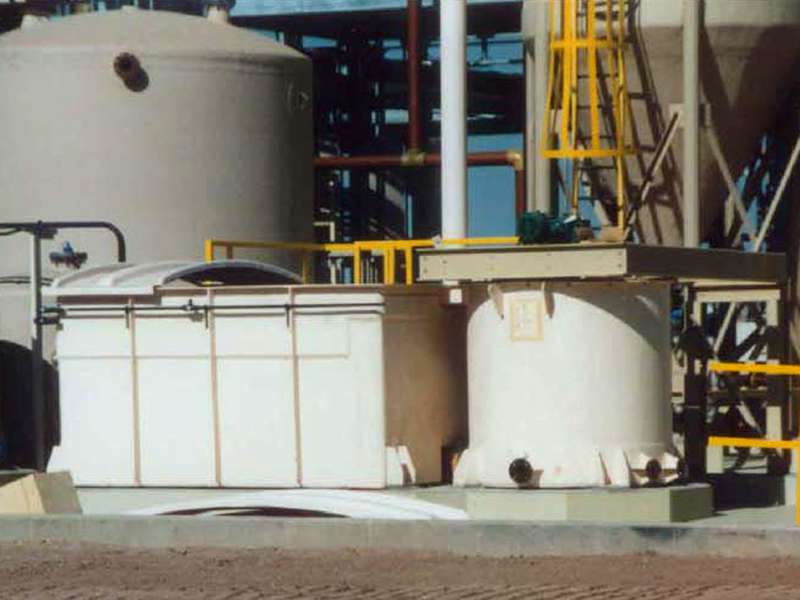
-
 Afrikaans
Afrikaans -
 Albanian
Albanian -
 Amharic
Amharic -
 Arabic
Arabic -
 Armenian
Armenian -
 Azerbaijani
Azerbaijani -
 Basque
Basque -
 Belarusian
Belarusian -
 Bengali
Bengali -
 Bosnian
Bosnian -
 Bulgarian
Bulgarian -
 Catalan
Catalan -
 Cebuano
Cebuano -
 China
China -
 China (Taiwan)
China (Taiwan) -
 Corsican
Corsican -
 Croatian
Croatian -
 Czech
Czech -
 Danish
Danish -
 Dutch
Dutch -
 English
English -
 Esperanto
Esperanto -
 Estonian
Estonian -
 Finnish
Finnish -
 French
French -
 Frisian
Frisian -
 Galician
Galician -
 Georgian
Georgian -
 German
German -
 Greek
Greek -
 Gujarati
Gujarati -
 Haitian Creole
Haitian Creole -
 hausa
hausa -
 hawaiian
hawaiian -
 Hebrew
Hebrew -
 Hindi
Hindi -
 Miao
Miao -
 Hungarian
Hungarian -
 Icelandic
Icelandic -
 igbo
igbo -
 Indonesian
Indonesian -
 irish
irish -
 Italian
Italian -
 Japanese
Japanese -
 Javanese
Javanese -
 Kannada
Kannada -
 kazakh
kazakh -
 Khmer
Khmer -
 Rwandese
Rwandese -
 Korean
Korean -
 Kurdish
Kurdish -
 Kyrgyz
Kyrgyz -
 Lao
Lao -
 Latin
Latin -
 Latvian
Latvian -
 Lithuanian
Lithuanian -
 Luxembourgish
Luxembourgish -
 Macedonian
Macedonian -
 Malgashi
Malgashi -
 Malay
Malay -
 Malayalam
Malayalam -
 Maltese
Maltese -
 Maori
Maori -
 Marathi
Marathi -
 Mongolian
Mongolian -
 Myanmar
Myanmar -
 Nepali
Nepali -
 Norwegian
Norwegian -
 Norwegian
Norwegian -
 Occitan
Occitan -
 Pashto
Pashto -
 Persian
Persian -
 Polish
Polish -
 Portuguese
Portuguese -
 Punjabi
Punjabi -
 Romanian
Romanian -
 Russian
Russian -
 Samoan
Samoan -
 Scottish Gaelic
Scottish Gaelic -
 Serbian
Serbian -
 Sesotho
Sesotho -
 Shona
Shona -
 Sindhi
Sindhi -
 Sinhala
Sinhala -
 Slovak
Slovak -
 Slovenian
Slovenian -
 Somali
Somali -
 Spanish
Spanish -
 Sundanese
Sundanese -
 Swahili
Swahili -
 Swedish
Swedish -
 Tagalog
Tagalog -
 Tajik
Tajik -
 Tamil
Tamil -
 Tatar
Tatar -
 Telugu
Telugu -
 Thai
Thai -
 Turkish
Turkish -
 Turkmen
Turkmen -
 Ukrainian
Ukrainian -
 Urdu
Urdu -
 Uighur
Uighur -
 Uzbek
Uzbek -
 Vietnamese
Vietnamese -
 Welsh
Welsh -
 Bantu
Bantu -
 Yiddish
Yiddish -
 Yoruba
Yoruba -
 Zulu
Zulu
corrosion resistant frp
The Rise of Corrosion-Resistant Fiber Reinforced Plastic (FRP) in Modern Industries
Corrosion is a significant issue that affects various industries, from construction to transportation and energy. The relentless deterioration of materials due to chemical reactions can lead to catastrophic failures, compromised safety, and increased maintenance costs. Among the innovative solutions to combat corrosion, Fiber Reinforced Plastic (FRP) has emerged as a robust alternative, offering exceptional durability and resistance to corrosive environments.
Understanding Fiber Reinforced Plastic (FRP)
FRP is a composite material comprised of a polymer matrix reinforced with fibers, typically glass or carbon. The combination leads to a lightweight yet strong material that exhibits outstanding mechanical properties. FRP can be tailored to meet specific performance requirements, making it versatile for numerous applications.
The polymer matrix in FRP provides resistance to various chemical agents, while the reinforcement increases mechanical strength, making FRP inherently corrosion-resistant. This resistance is particularly valuable in industries where materials are exposed to harsh chemicals, moisture, or extreme temperatures.
Applications of Corrosion-Resistant FRP
1. Chemical Processing Plants In environments rich in acids, bases, and other corrosive substances, FRP tanks, pipes, and vessels are used extensively. Its ability to withstand chemical exposure without degrading over time makes it an ideal material for transporting and storing hazardous materials.
2. Marine Applications The marine industry benefits significantly from FRP, which is used in boat hulls, docks, and other structures exposed to seawater. The inherent resistance to saltwater corrosion extends the lifespan of marine installations, reducing the need for frequent repairs and maintenance.
3. Infrastructure Bridges, walkways, and railings constructed from FRP can endure exposure to moisture and de-icing salts without rusting or corroding. As cities evolve and infrastructure ages, FRP offers a long-lasting solution that minimizes the impact of environmental factors.
4. Energy Sector Wind turbines and offshore oil platforms are examples where FRP is increasingly used. The material's lightweight nature, combined with its durability, allows for enhanced efficiency in energy production. FRP components can better withstand the elements, reducing downtime and maintenance costs.
corrosion resistant frp

Advantages of Using Corrosion-Resistant FRP
- Longevity FRP components have a significantly longer lifespan compared to traditional materials like steel or aluminum, often lasting over 50 years without significant wear.
- Low Maintenance Unlike metals that require regular protective coatings and treatments, FRP's resistance to corrosion means that maintenance costs can be drastically reduced.
- Weight Savings FRP is considerably lighter than conventional materials. This characteristic can lead to savings in structural support and transportation costs, particularly in industries like aerospace and automotive.
- Customization The manufacturing process of FRP allows for the production of components in various shapes and sizes, tailored to specific applications without compromising on performance.
- Environmental Considerations As industries move towards sustainable practices, FRP offers a more environmentally friendly alternative. Its longevity and low maintenance requirements help reduce waste and the need for replacing materials frequently.
Challenges and Considerations
While the benefits of corrosion-resistant FRP are substantial, challenges remain. The initial cost of FRP components can be higher than traditional materials, which may deter some industries from switching. Additionally, the understanding and acceptance of FRP technology in legacy industries can take time, as traditional materials have been the norm for decades.
Conclusion
Corrosion-resistant Fiber Reinforced Plastic stands as a testament to modern engineering's prowess in addressing one of the most persistent challenges in material science. With its extensive range of applications and myriad advantages, FRP is poised to revolutionize how industries tackle corrosion, ultimately leading to safer, more efficient, and sustainable operations. As ongoing research and innovation expand its potential, FRP will likely become the material of choice in various sectors striving for resilience against corrosion. Embracing this technology not only paves the way for improved performance but also contributes to a more sustainable future.









